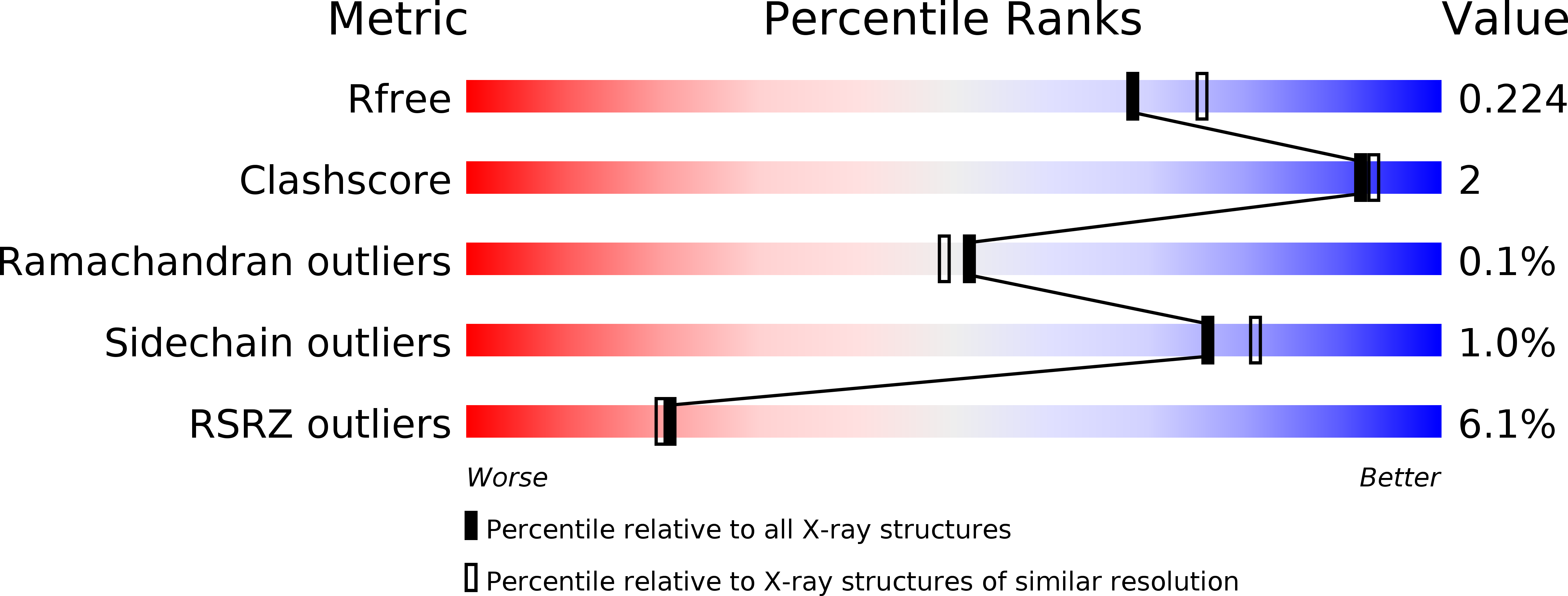
Deposition Date
2013-08-15
Release Date
2014-03-26
Last Version Date
2024-10-16
Entry Detail
Biological Source:
Source Organism:
Oryctolagus cuniculus, Homo sapiens (Taxon ID: 9986, 9606)
Host Organism:
Method Details:
Experimental Method:
Resolution:
2.00 Å
R-Value Free:
0.21
R-Value Work:
0.17
R-Value Observed:
0.18
Space Group:
C 1 2 1


